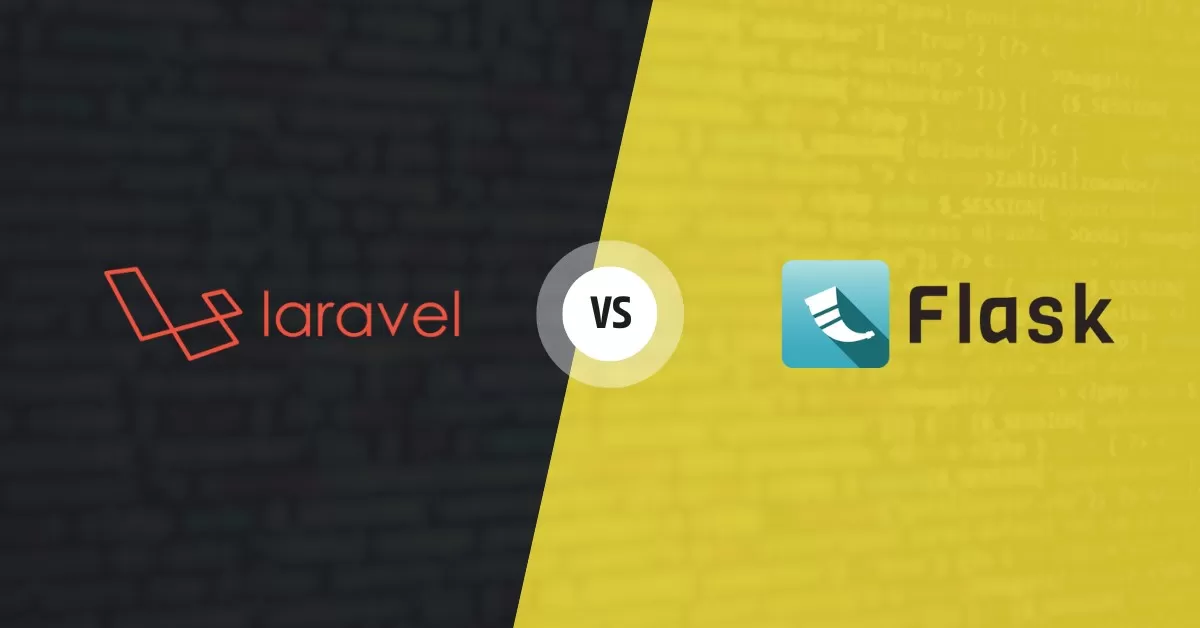What Are The Software Development Life Cycle Phases?
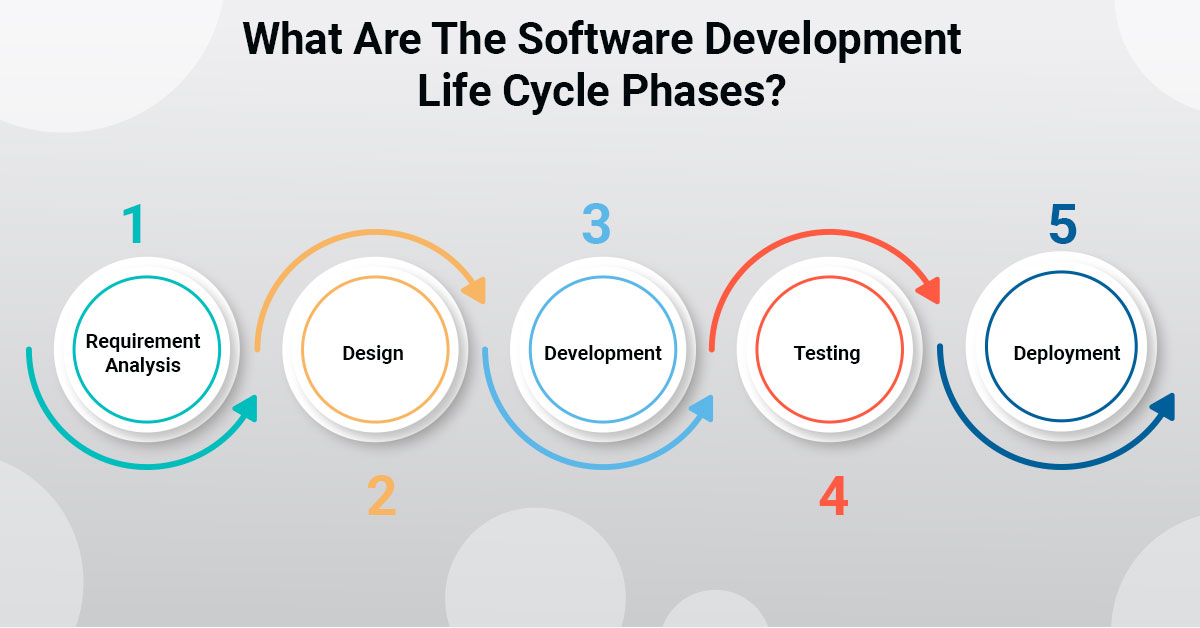
4 min read | By Admin | 15 October 2021 | Software trends
Each product has a recognizable life cycle. Although, when it comes to technology, there is more to it than meets the eye. Basically, the product life cycle depends on the stages of production, distribution, use, and disposal.
This effortless explanation applies to almost every tangible object, but does it apply to software?
The software development life cycle is a method of defining software development processes. This simplifies the long and complex stages of software development. By dividing the whole process into stages, programmers can evaluate each phase and work more efficiently.
So, through this article, we’re going to see about the software development life cycle, also all of its phases.
What Is Software Development Life Cycle?
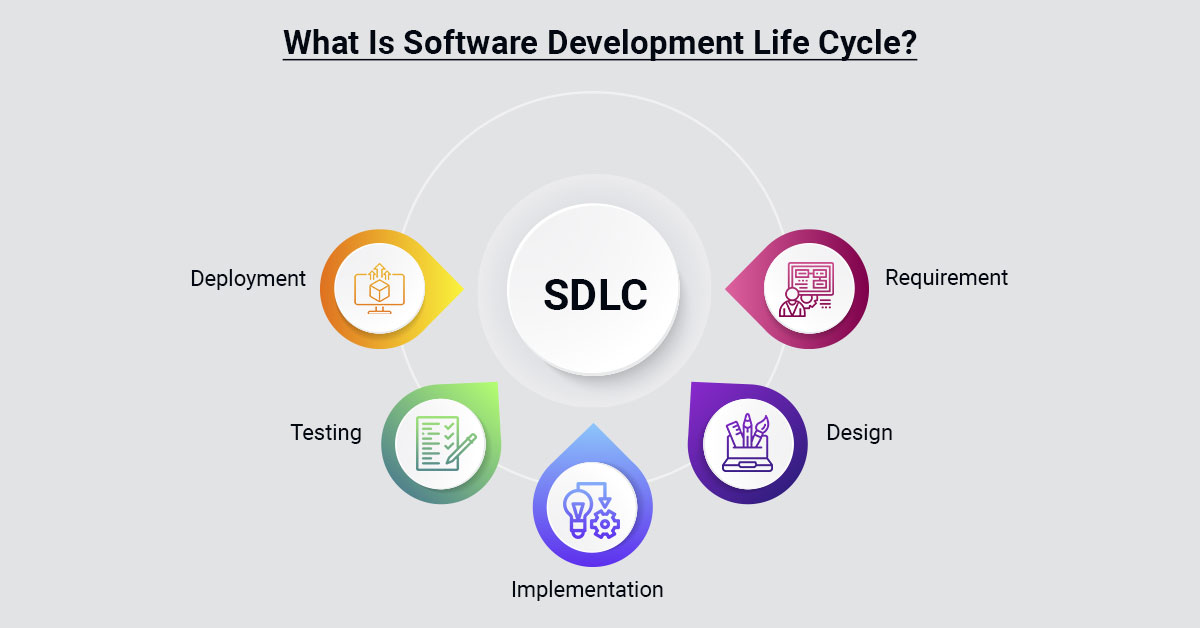
Software Development Life Cycle is a process used by the software industry to design, develop and test high-quality software. It consists of a detailed plan describing how to develop, maintain, replace and alter or enhance specific software.
The SDLC aims to produce high-quality software that meets or exceeds customer expectations, reaches completion within time and cost estimates. The life cycle defines a methodology for improving the quality of software and the overall development process.
What Are The Software Development Life Cycle Phases?
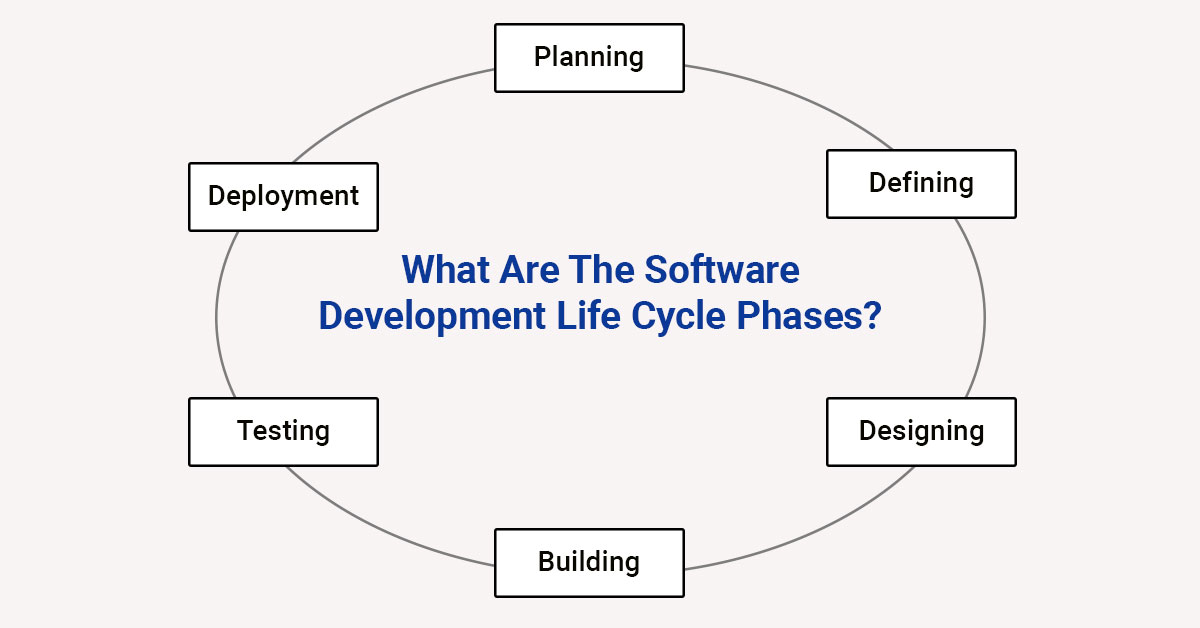
In the software development life cycle phases, there are seven primary phases and they are below:
1. Planning Phase
2. Defining Requirements Phase
3. Design & Prototyping Phase
4. Software Development Phase
5. Testing Phase
6. Deployment Phase
7. Operations & Maintenance Phase
Let’s see below the defined explanation for each software development life cycle phase.
1. Planning Phase
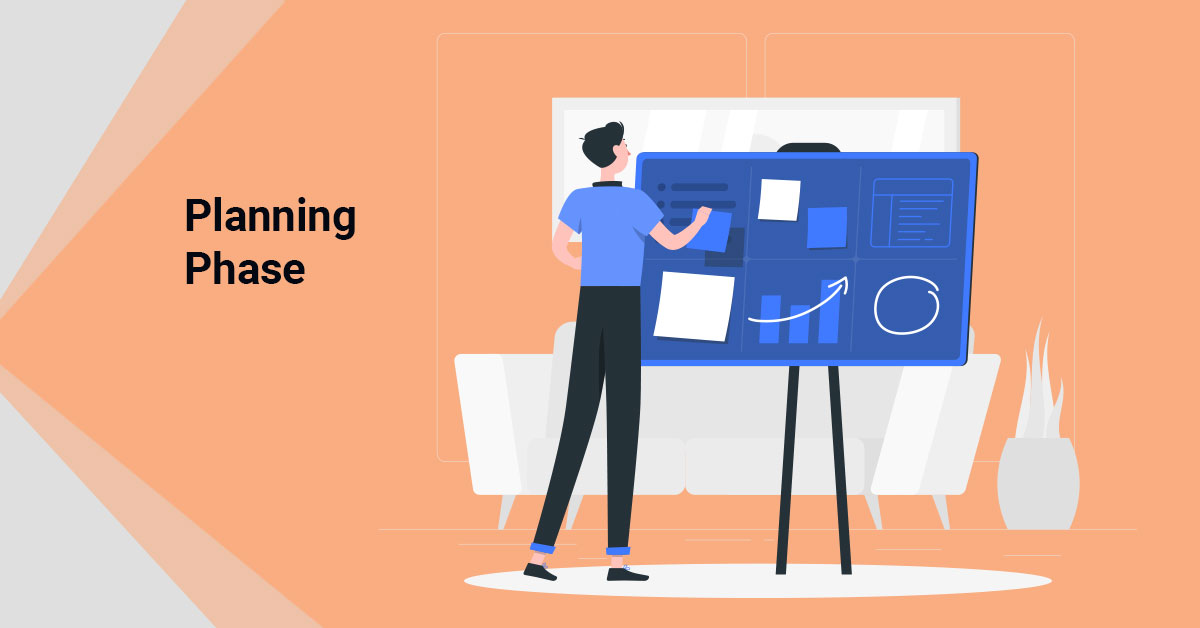
Planning is the prominent and fundamental stage in SDLC. The planning stage was performed by the project leaders to evaluate the terms of the project.
The planning stage provides a clear picture of the scope of the entire project and the expected issues, opportunities, and mandates that triggered the software development project.
In software development cycle phases, planning helps clearly define the scope and purpose of the software. Also, it plots the provisions of the team to effectively create the software.
2. Defining Requirements Phase
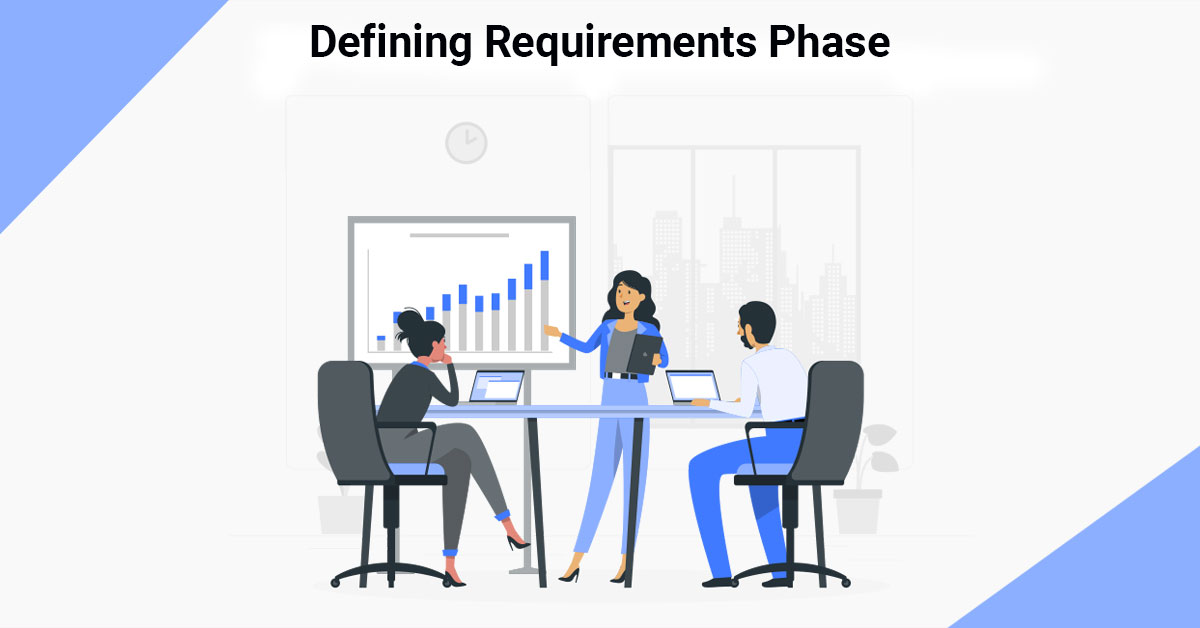
Once the planning stage is done the next step is defining product requirements. Defining requirements is a significant part of planning to determine what the software is supposed to do and its requirements.
This SDLC stage was conducted with the aid of the ‘Software Requirement Specification’ document also known as the ‘SRS’ document. It includes everything which should be designed and developed during the development life cycle.
Defining requirements phase will include all the specifications for software, hardware, and network requirements to plan to build the software.
3. Design & Prototyping Phase
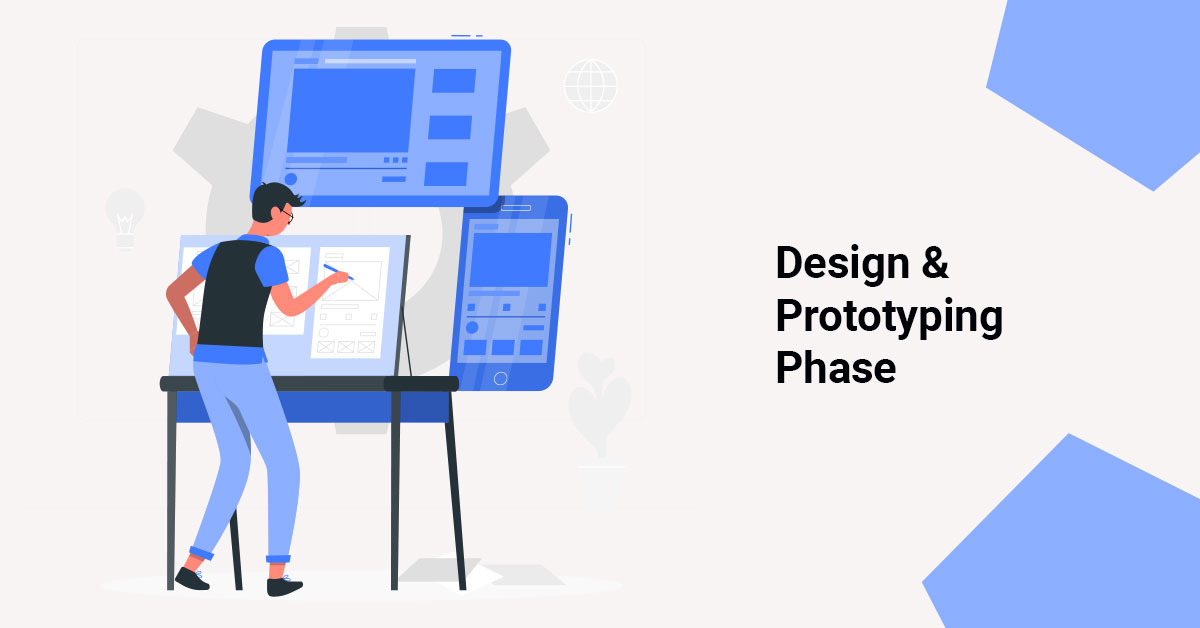
Based on the requirements specified in Software Requirement Specification (SRS), usually, more than one design approach for the product architecture is proposed and documented in a Design Document Specification (DDS).
This design phase serves as input for the next phase of the model. A design approach clearly defines all the architectural modules of the product along with its communication and data flow representation with the external and third-party modules.
Prototyping can be a part of the Design phase. A prototype is like one of the early versions of software in the Iterative software development model.
It demonstrates a basic idea of how the application looks and works. Once complete, development managers will prepare a design document to be referenced throughout the next phases of the SDLC.
4. Software Development Phase
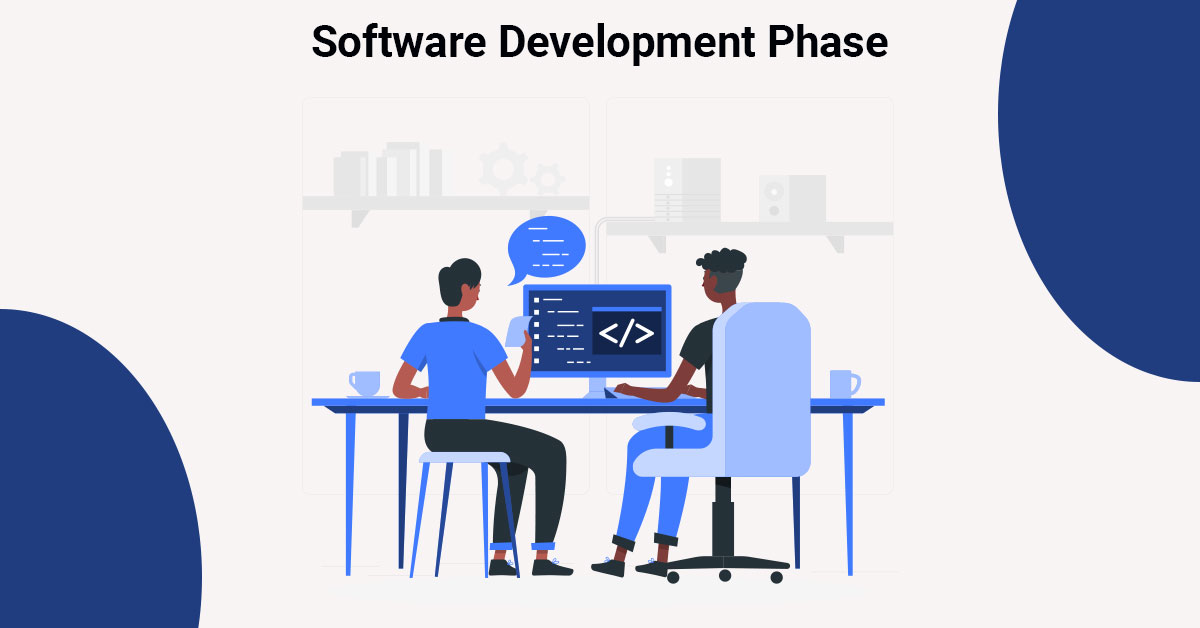
In the software development life cycle phases, the development stage is the part where developers actually write code and build the application according to the earlier design documents and outlined specifications.
The programming code is generated as per DDS during this stage. If the design is performed in a detailed and organized manner, code generation can be accomplished without much hassle.
Various high-level programming languages such as C, C++, Pascal, Java, and PHP are used for coding. The programming language is chosen with respect to the type of software being developed.
5. Testing Phase
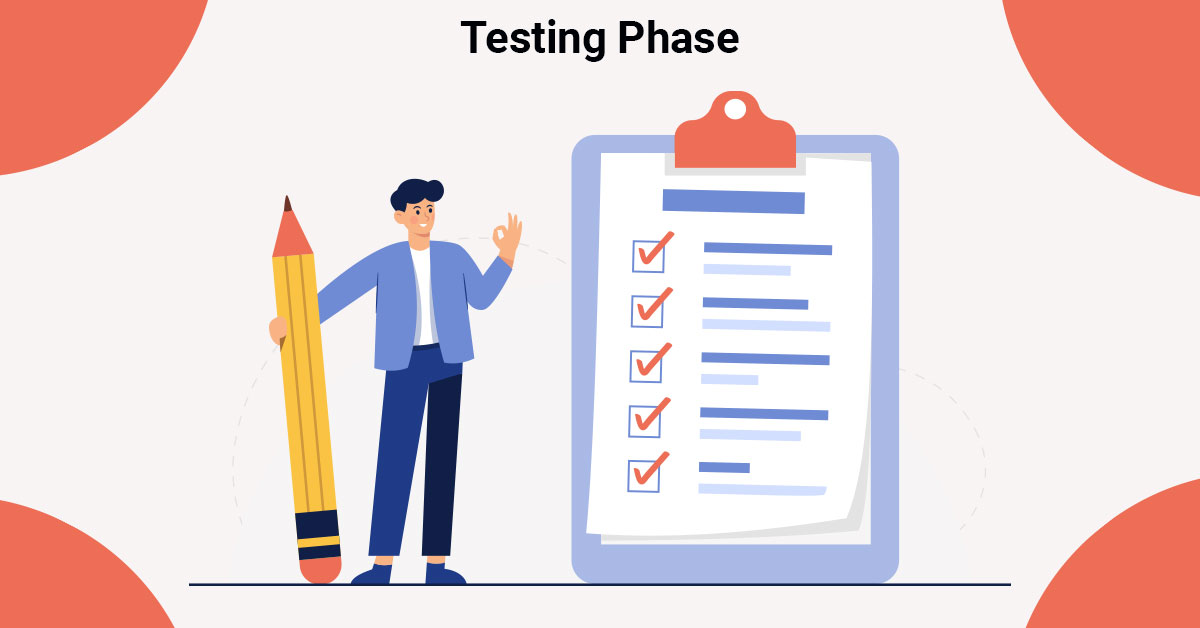
Once the software is complete, it is deployed in the testing environment.
The testing phase is usually a subset of all the stages as in the modern SDLC models, the testing activities are mostly involved in all the stages of SDLC.
During this phase, the QA and testing team may find some bugs/defects which they communicate to developers. The development team fixes the bug and sends it back to QA for a re-test.
This process continues until the software is bug-free, stable, and working according to the business needs of that system.
6. Deployment Phase
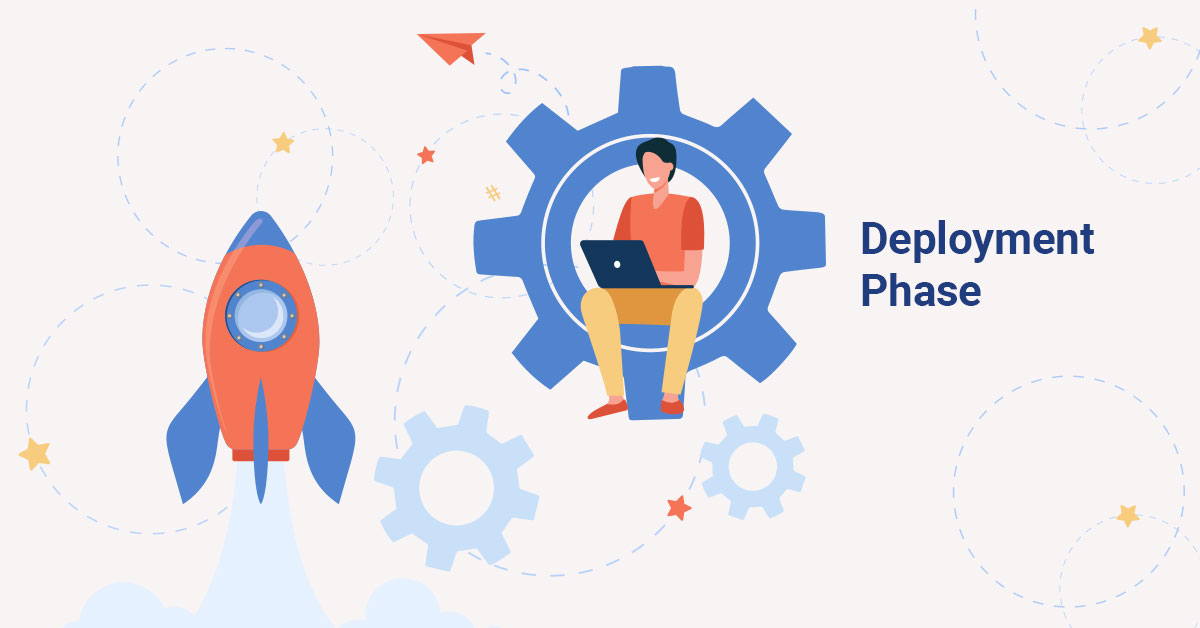
Once the product is tested and ready to be deployed it is released formally in the appropriate market. The product may first be released in a limited segment and tested in the real business environment.
Then based on the feedback, the product may be released as it is or with suggested enhancements in the targeting market segment.
7. Operations & Maintenance Phase
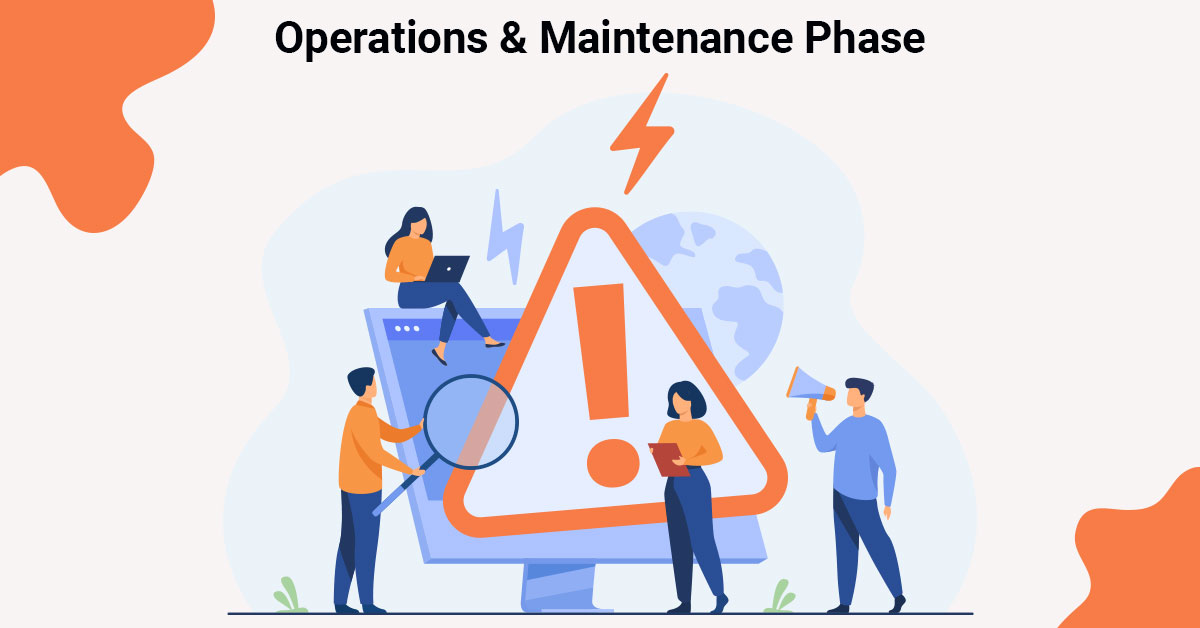
The Operation and Maintenance phase is important, though. In this phase, users discover bugs that weren’t found during testing. These errors need to be resolved, which can spawn new development cycles.
In addition to bug fixes, models like Iterative development plan additional features in future releases. For each new release, a new Development Cycle can be launched.
Considering All The Software Development Life Cycle Phases
In this article, we’ve curated the 7 software development life cycle phases to help you to build software effortlessly. Let’s consider the above phases to implement software development life cycles into your projects for excellent results.
If you need any further assistance to build superior software. Let’s contact Colan Infotech, we’re ready to help you with the finest services.
The latest from our editors
Join over 150,000+ subscribers who get our best digital insights, strategies and tips delivered straight to their inbox.
